13 Remote Stargazing Destinations with Little to No Light Pollution
In an age where urban sprawl and technological advancements have dimmed the natural beauty of the night sky, the art of stargazing offers a poignant reminder of humanity's connection to the cosmos. The celestial tapestry above us, with its myriad stars, planets, and galaxies, serves as both a scientific marvel and a source of inspiration. Yet, the glow of city lights often obscures this wondrous view, making pristine stargazing havens increasingly precious. This article embarks on a journey to explore 13 exceptional locations around the world where the night sky reveals its true splendor, far from the intrusive glow of urban life. These havens not only offer breathtaking vistas but also invite us to reconnect with the universe, reminding us of our place within the vast cosmic dream.
1. Mauna Kea, Hawaii: A Celestial Giant
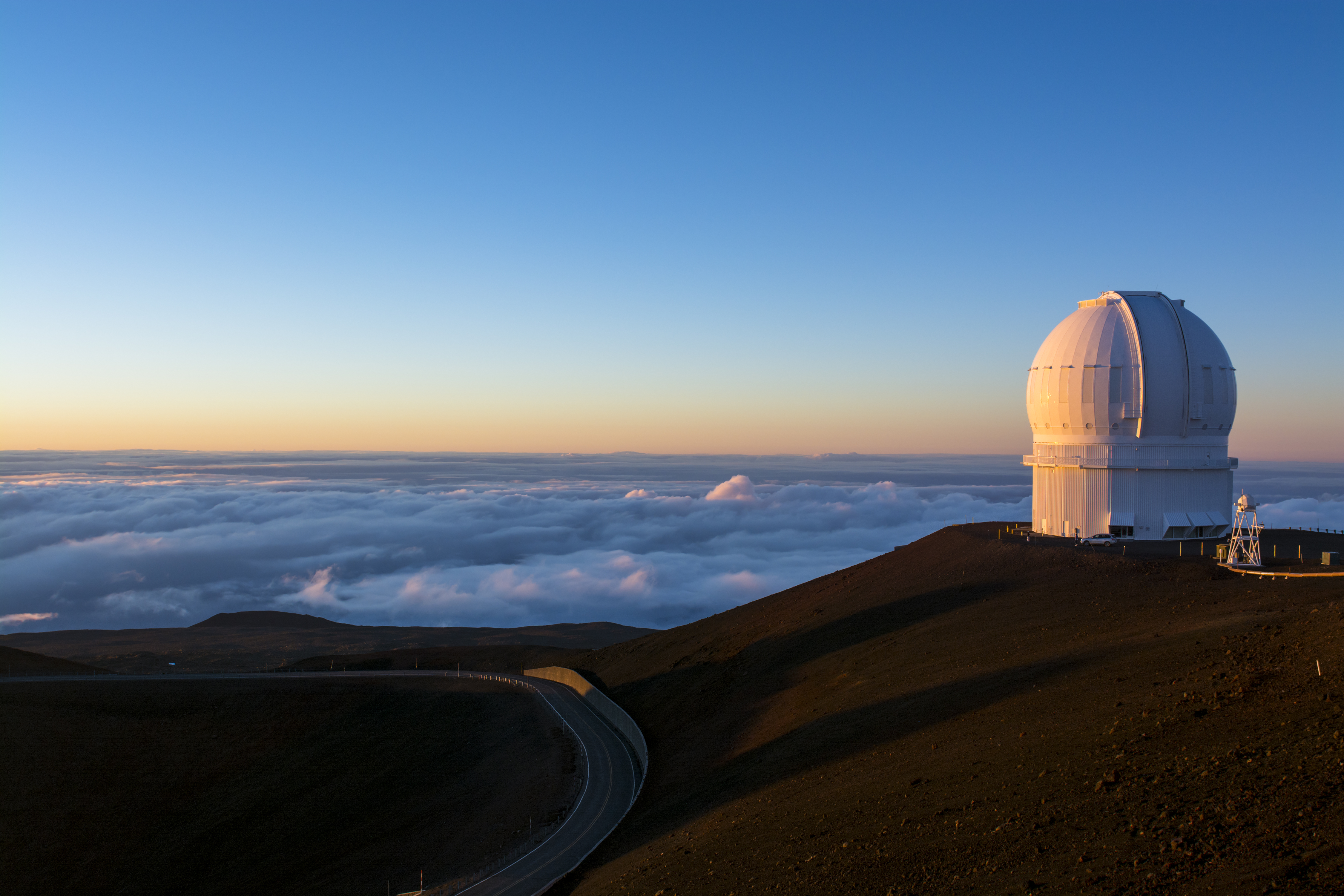
Mauna Kea, a dormant volcano on Hawaii's Big Island, stands as one of the world's premier stargazing locations. Its summit, towering over 13,000 feet above sea level, offers an unparalleled vantage point for observing the cosmos. The altitude, combined with the island's remote location and minimal light pollution, creates ideal conditions for both amateur and professional astronomers. Mauna Kea is home to some of the world's largest telescopes, operated by international observatories. Visitors can participate in guided stargazing tours, where knowledgeable guides share insights into the night sky's wonders. The cultural significance of Mauna Kea to Native Hawaiians adds a profound spiritual dimension to the experience, as the mountain is considered sacred and a bridge to the heavens.
2. Aoraki Mackenzie, New Zealand: The Southern Hemisphere's Gem
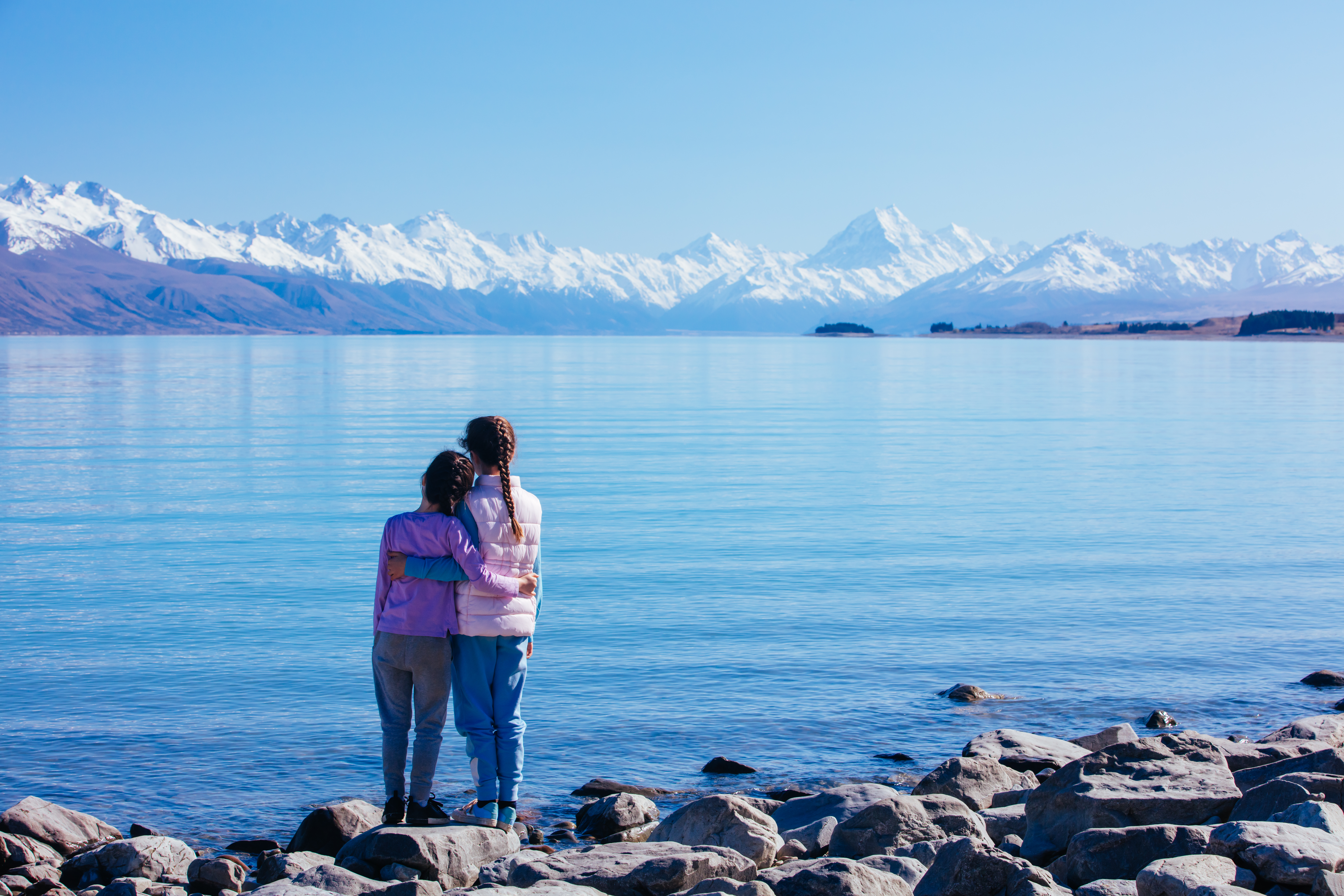
Aoraki Mackenzie International Dark Sky Reserve in New Zealand offers a stargazing experience unlike any other. Nestled in the heart of the South Island, the reserve encompasses the Aoraki/Mount Cook National Park and the Mackenzie Basin, areas renowned for their pristine night skies. The Southern Hemisphere's unique celestial features, such as the Magellanic Clouds and the Southern Cross, are visible here in stunning clarity. The reserve's commitment to minimizing light pollution and preserving the natural environment makes it a haven for astronomers and nature enthusiasts alike. Visitors can explore the region's rich Maori heritage, which includes a deep understanding of the stars and their cultural significance.
3. Atacama Desert, Chile: A Stargazer's Paradise
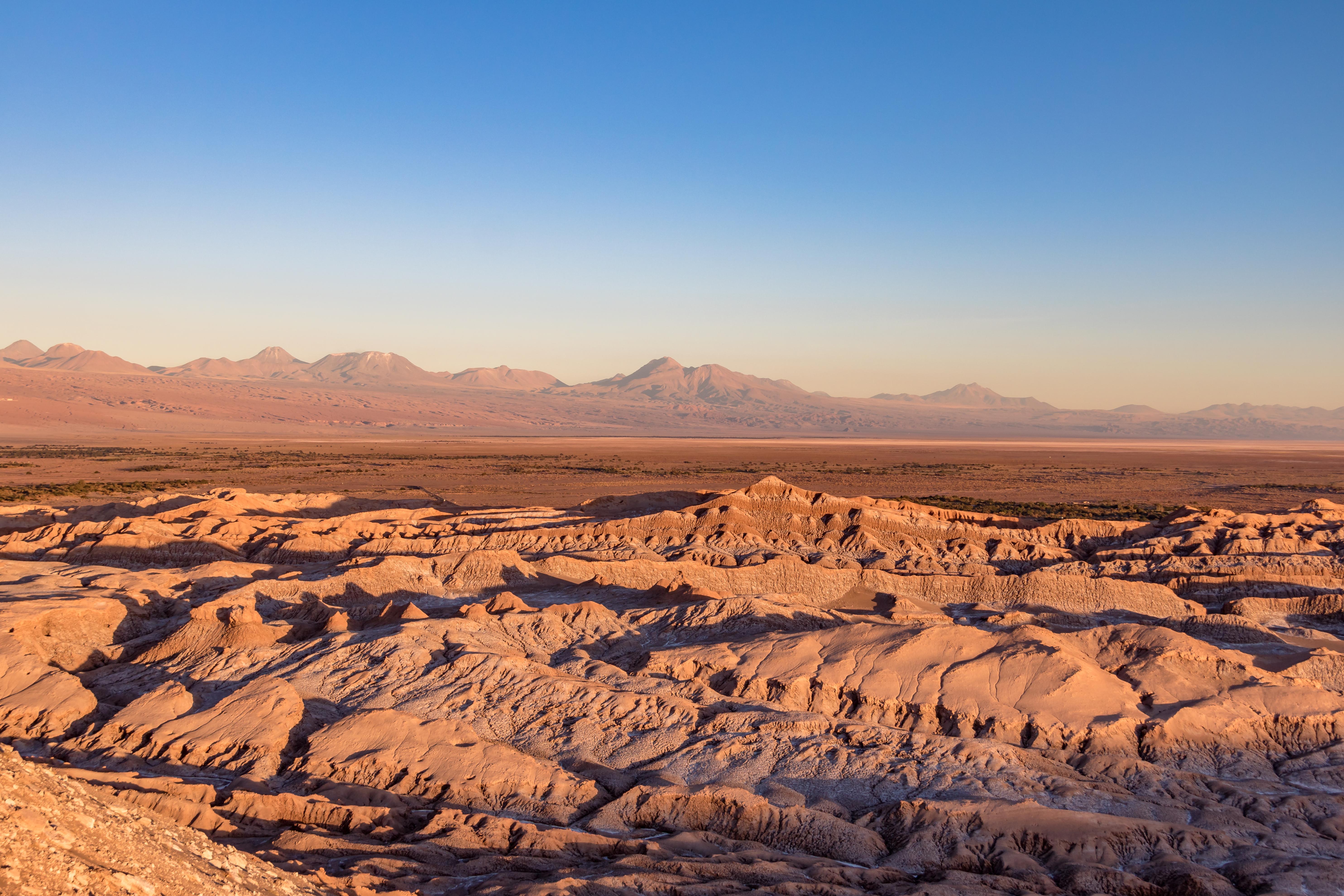
The Atacama Desert in Chile is one of the driest places on Earth, offering exceptionally clear skies for stargazing. Its high altitude, minimal cloud cover, and lack of light pollution create perfect conditions for astronomical observation. The European Southern Observatory (ESO) operates several major observatories in the region, including the Very Large Telescope (VLT) and the Atacama Large Millimeter Array (ALMA), attracting scientists from around the globe. For tourists, the desert's vast, open landscapes provide a surreal backdrop for stargazing tours. The Atacama's unique environment also offers opportunities to explore its otherworldly landscapes, from salt flats to lunar-like valleys, making it a destination that combines natural beauty with cosmic wonder.
4. Jasper National Park, Canada: A Northern Sky Wonder
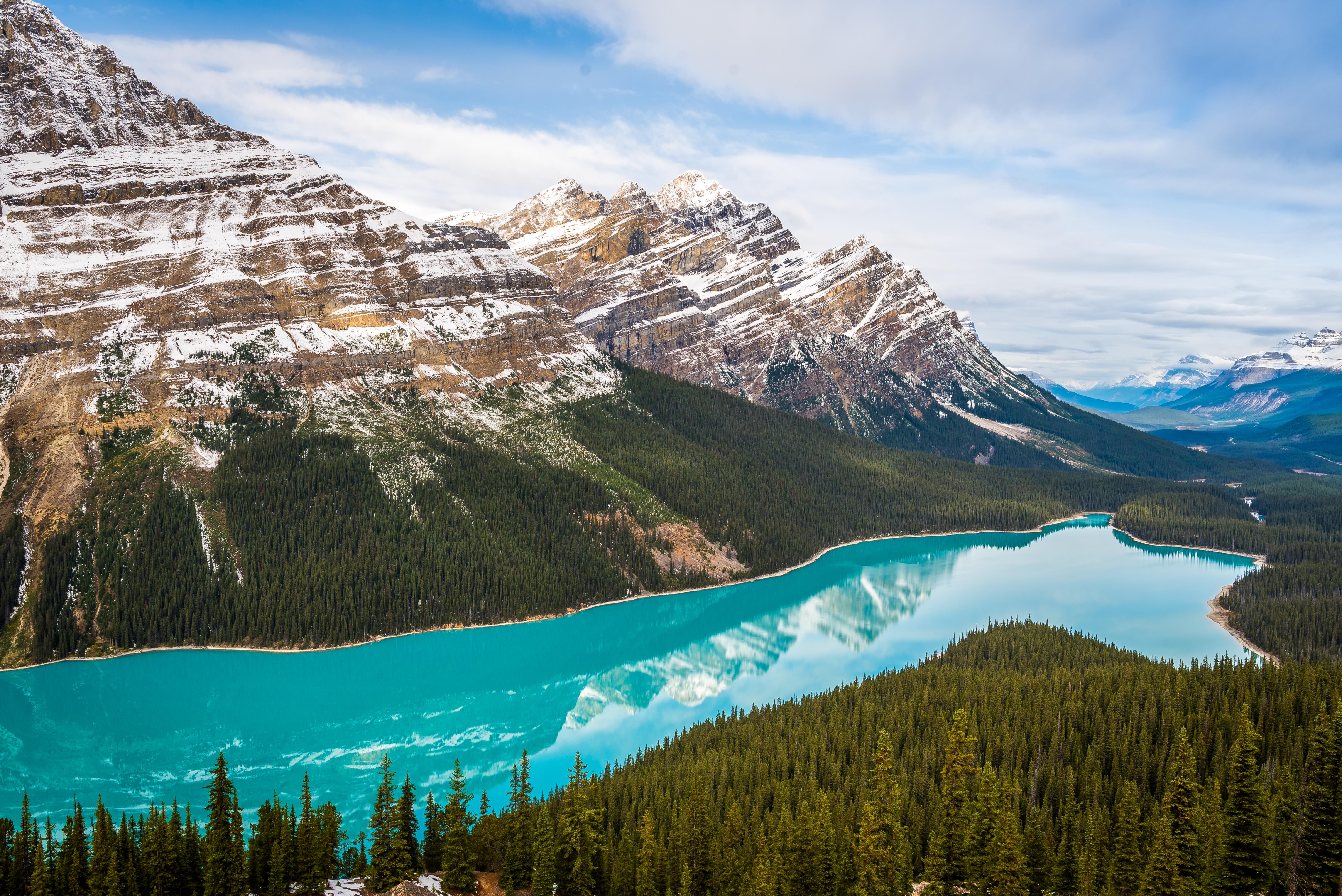
Jasper National Park in Alberta, Canada, is a designated Dark Sky Preserve, offering some of the best stargazing opportunities in North America. The park's vast wilderness and low levels of light pollution make it an ideal location for observing the night sky. Each year, the park hosts the Jasper Dark Sky Festival, attracting astronomers, scientists, and stargazing enthusiasts to celebrate the wonders of the universe. The festival features workshops, lectures, and guided stargazing sessions, fostering a community of cosmic explorers. Beyond the festival, visitors can enjoy year-round stargazing, with the chance to witness the mesmerizing Northern Lights during the winter months, adding an ethereal dimension to the experience.
5. NamibRand Nature Reserve, Namibia: Africa's Starry Jewel

NamibRand Nature Reserve in Namibia is one of Africa's largest private nature reserves and a designated Dark Sky Reserve. The reserve's vast, unspoiled landscapes offer a breathtaking backdrop for stargazing, with minimal light pollution ensuring crystal-clear views of the night sky. The reserve's commitment to conservation and sustainable tourism makes it a model for preserving natural darkness. Visitors can participate in guided night walks and stargazing tours, where knowledgeable guides share insights into the celestial wonders above. The reserve's unique desert environment, with its towering dunes and dramatic landscapes, creates a sense of awe and wonder that complements the cosmic spectacle overhead.
6. La Palma, Canary Islands: Europe's Astronomy Haven

La Palma, one of Spain's Canary Islands, is renowned for its astronomical observatories and pristine night skies. The island's high altitudes, clear skies, and low light pollution make it an ideal location for stargazing. The Roque de los Muchachos Observatory, perched atop the island's highest peak, hosts some of the world's most advanced telescopes, attracting astronomers from around the globe. La Palma's commitment to preserving its dark skies is evident in its strict lighting regulations and dedication to sustainable tourism. Visitors can explore the island's rich cultural heritage, with its blend of Spanish and indigenous influences, while enjoying guided stargazing tours that reveal the wonders of the universe.
7. Death Valley National Park, USA: An Arid Astral Oasis

Death Valley National Park, located in California and Nevada, is one of the darkest places in the United States, making it a prime destination for stargazing. The park's vast, arid landscapes provide a dramatic backdrop for observing the night sky, with minimal light pollution ensuring clear views of celestial wonders. The park hosts regular stargazing events and ranger-led programs, offering visitors the chance to learn about the stars and planets visible from this unique location. The combination of the park's extreme environment and its cosmic beauty creates a sense of otherworldliness, inviting visitors to reflect on the vastness of the universe and our place within it.
8. Galloway Forest Park, Scotland: A Celtic Celestial Retreat
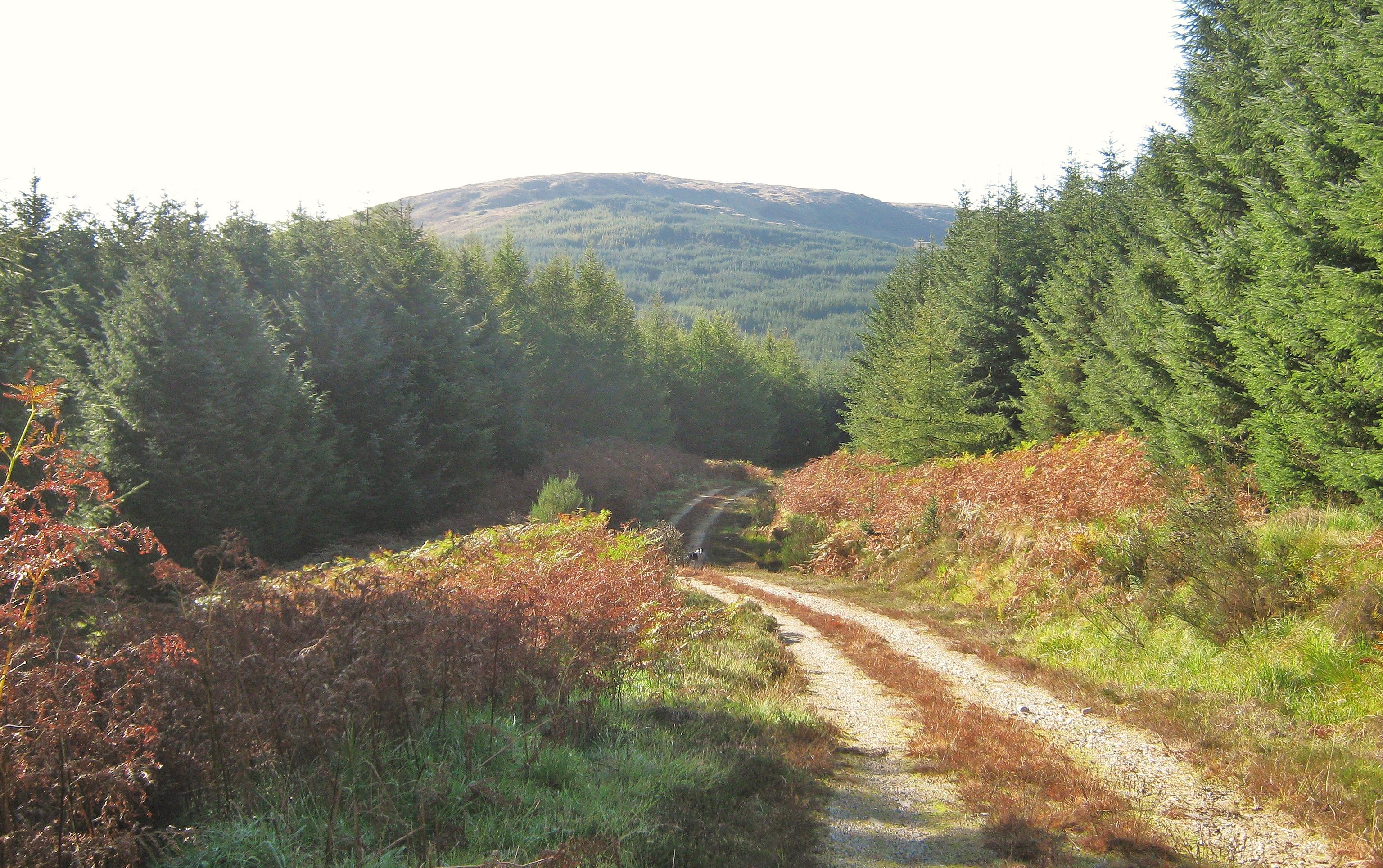
Galloway Forest Park in Scotland is the UK's first Dark Sky Park, offering some of the best stargazing opportunities in Europe. The park's remote location and low levels of light pollution make it an ideal spot for observing the night sky. Visitors can explore the park's rugged landscapes, from dense woodlands to rolling hills, while enjoying guided stargazing tours that reveal the wonders of the cosmos. The park's commitment to preserving its dark skies is evident in its lighting regulations and community engagement efforts, which aim to raise awareness of the importance of natural darkness. The park's rich Celtic heritage adds a cultural dimension to the stargazing experience, with ancient myths and legends woven into the fabric of the night sky.
9. Uluru, Australia: A Sacred Celestial Landscape

Uluru, also known as Ayers Rock, is one of Australia's most iconic landmarks and a sacred site for the Anangu people. The surrounding desert landscape offers a unique setting for stargazing, with minimal light pollution ensuring clear views of the Southern Hemisphere's celestial wonders. Visitors can participate in guided night tours, where indigenous guides share stories of the stars and their cultural significance. The combination of Uluru's spiritual significance and the cosmic beauty of the night sky creates a profound sense of connection to the universe. The experience invites reflection on the relationship between land, sky, and culture, highlighting the importance of preserving both natural and cultural heritage.
10. Mont-Mégantic, Canada: A Celestial Sanctuary

Mont-Mégantic in Quebec, Canada, is home to the first International Dark Sky Reserve, offering some of the best stargazing opportunities in North America. The reserve's commitment to preserving its dark skies is evident in its strict lighting regulations and community engagement efforts, which aim to raise awareness of the importance of natural darkness. Visitors can explore the reserve's stunning landscapes, from dense forests to rolling hills, while enjoying guided stargazing tours that reveal the wonders of the cosmos. The Mont-Mégantic Observatory, located within the reserve, offers a unique opportunity to learn about astronomy and the science behind stargazing, fostering a deeper appreciation for the night sky.
11. Kiruna, Sweden: A Northern Lights Spectacle
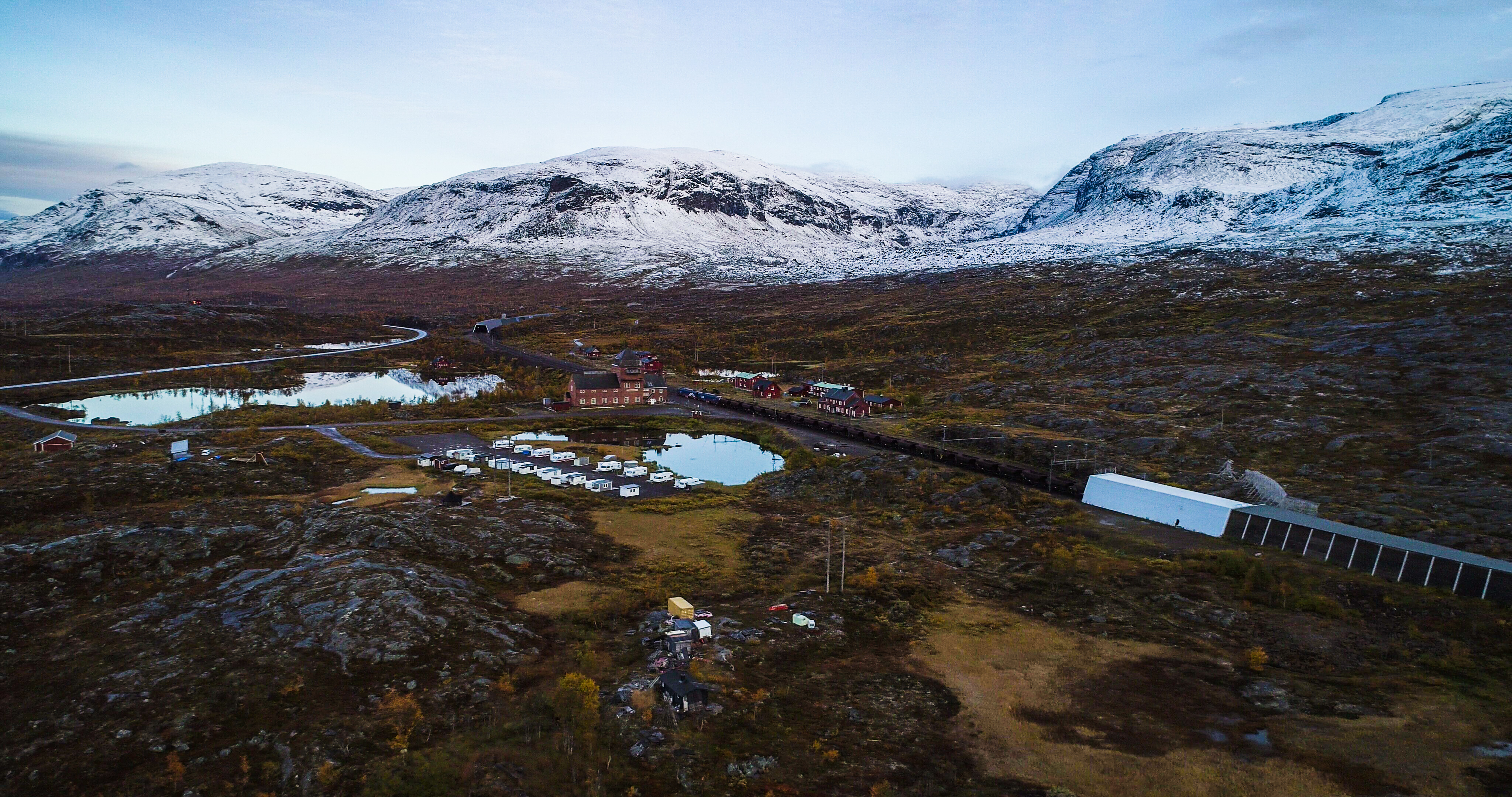
Kiruna, located in Swedish Lapland, is one of the best places in the world to witness the Northern Lights. The town's remote location and minimal light pollution create ideal conditions for observing this natural phenomenon, with the vibrant colors of the aurora borealis illuminating the night sky. Visitors can participate in guided tours, where knowledgeable guides share insights into the science behind the Northern Lights and their cultural significance. The combination of Kiruna's stunning landscapes and the cosmic beauty of the aurora creates a sense of wonder and awe, inviting visitors to reflect on the mysteries of the universe. The experience highlights the importance of preserving natural darkness and the unique opportunities it offers for cosmic exploration.
12. Kerry International Dark Sky Reserve, Ireland: Celtic Stars by the Sea
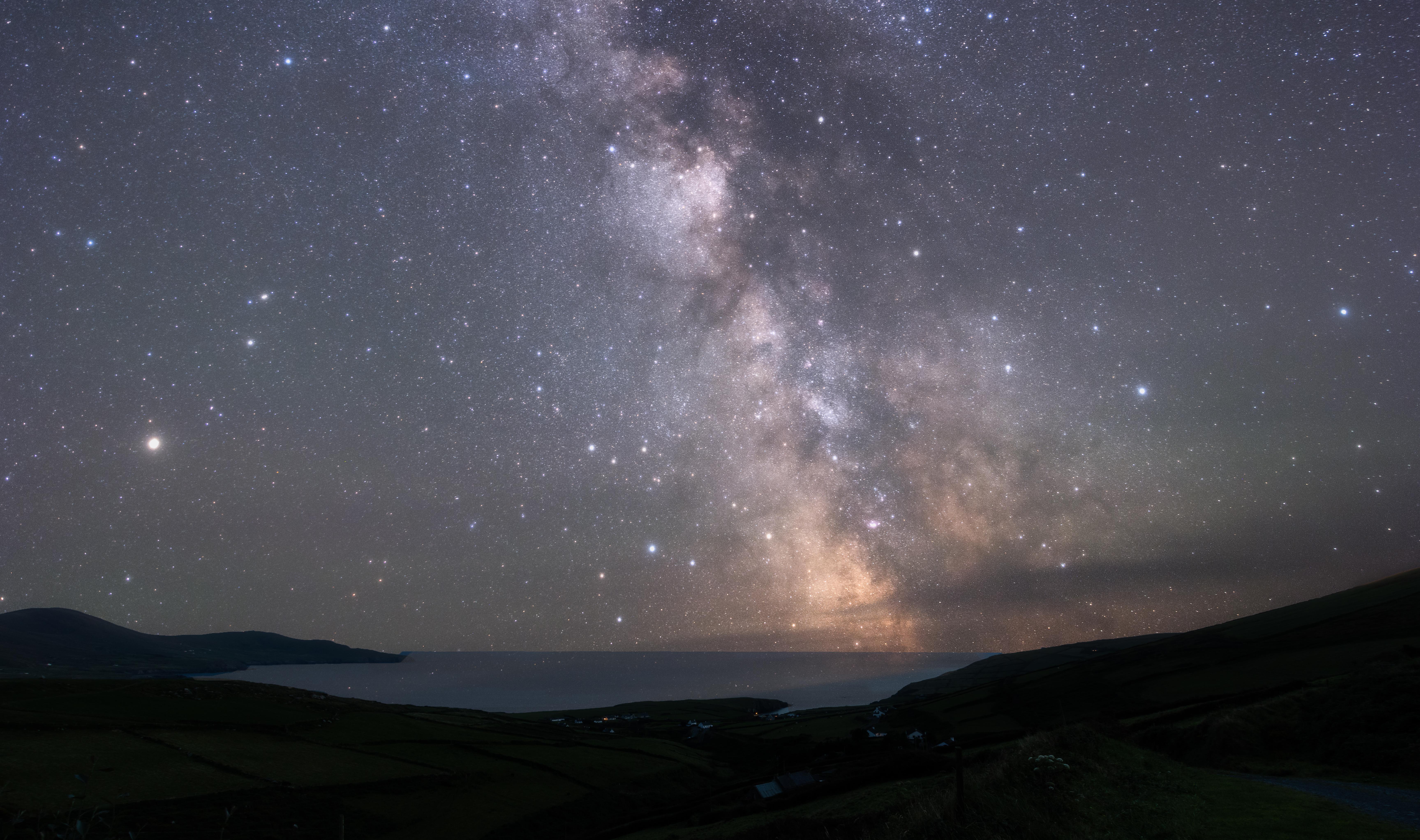
Experience the magic of the cosmos over Ireland's rugged southwestern coast at the Kerry International Dark Sky Reserve. This Gold Tier reserve, nestled between the Kerry Mountains and the Atlantic Ocean, offers exceptionally dark skies, free from significant light pollution. Imagine stargazing accompanied by the sound of ocean waves, with ancient stone forts and dramatic coastal scenery forming a mystical foreground. The reserve is a community effort, showcasing a commitment to preserving nocturnal darkness and offering visitors guided tours, astronomy events, and the chance to connect with Ireland's rich astronomical heritage under a canopy of brilliant stars.
13. Natural Bridges National Monument, Utah, USA: Celestial Windows
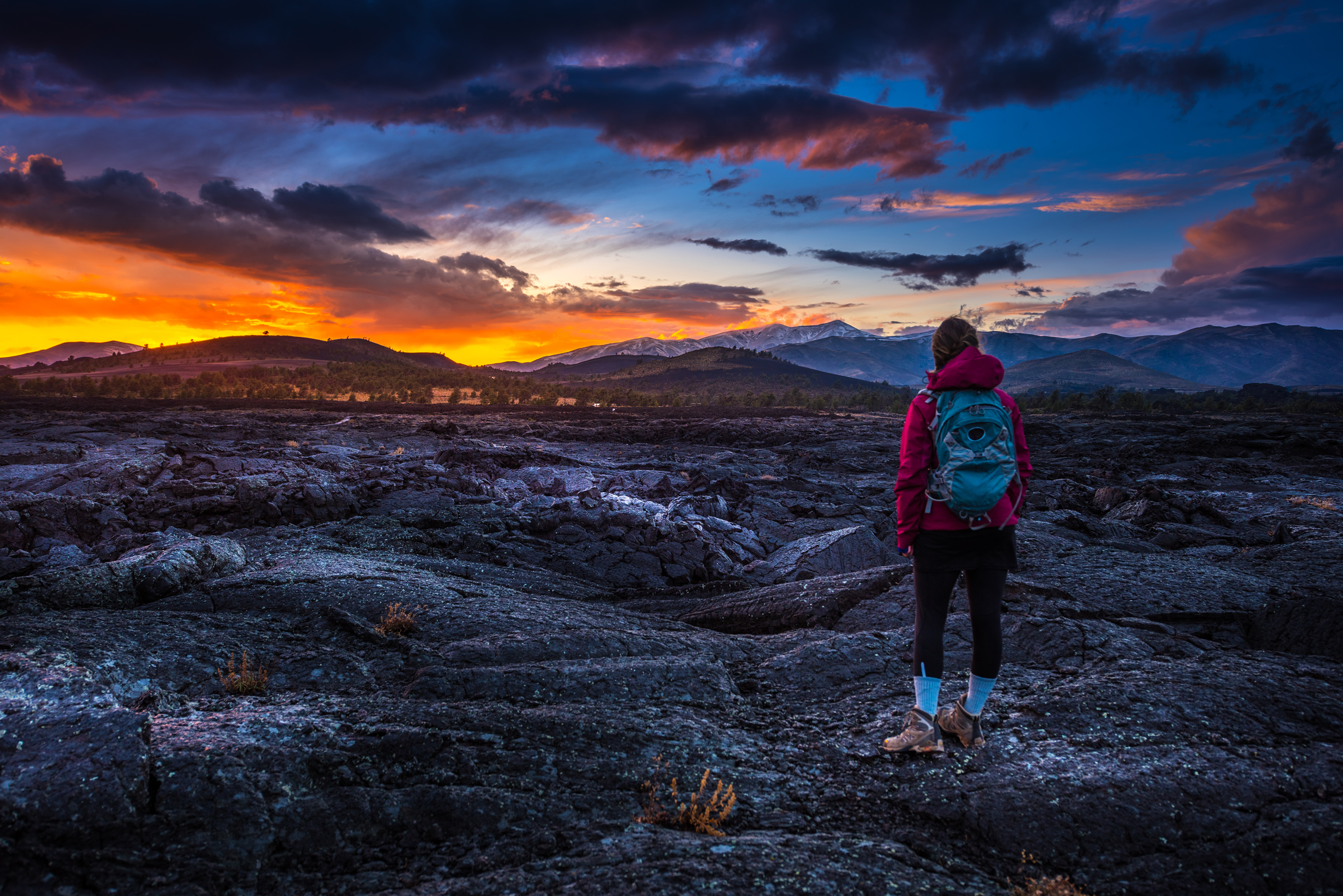
Designated as the world's first International Dark Sky Park, Natural Bridges National Monument in Utah offers a truly awe-inspiring stargazing experience. Here, the colossal natural stone bridges, sculpted by ancient waterways, form breathtaking silhouettes against a pristine, star-studded sky. The park's remote location and high desert elevation contribute to incredibly clear viewing conditions. Imagine the Milky Way arching brilliantly over Owachomo Bridge or Cassiopeia framed by Sipapu Bridge. Ranger-led programs often guide visitors through the celestial wonders, making this geological marvel a profound place to contemplate both earthly and cosmic grandeur.
Embracing the Cosmic Dream

As we journey through these 13 pristine stargazing havens, we are reminded of the profound beauty and mystery of the universe. Each location offers a unique perspective on the night sky, inviting us to explore the cosmos and our place within it. By embracing the cosmic dream, we reconnect with the natural world and the rich cultural heritage that has shaped our understanding of the stars. In a world where light pollution threatens to obscure the night sky's wonders, these havens serve as beacons of hope and inspiration. They remind us of the importance of preserving natural darkness and the opportunities it offers for discovery, reflection, and connection. As we look to the stars, we are reminded that the universe is vast, and our journey of exploration is only just beginning.








